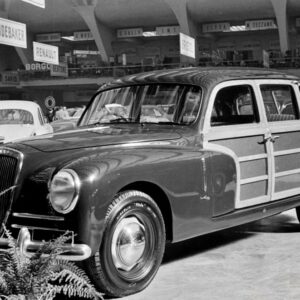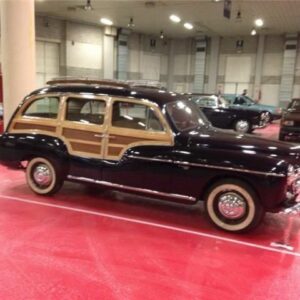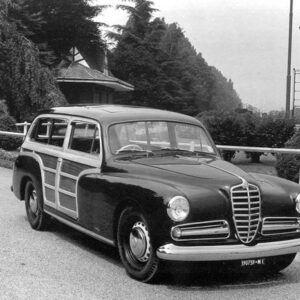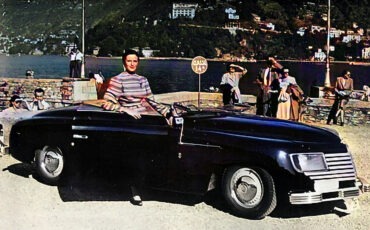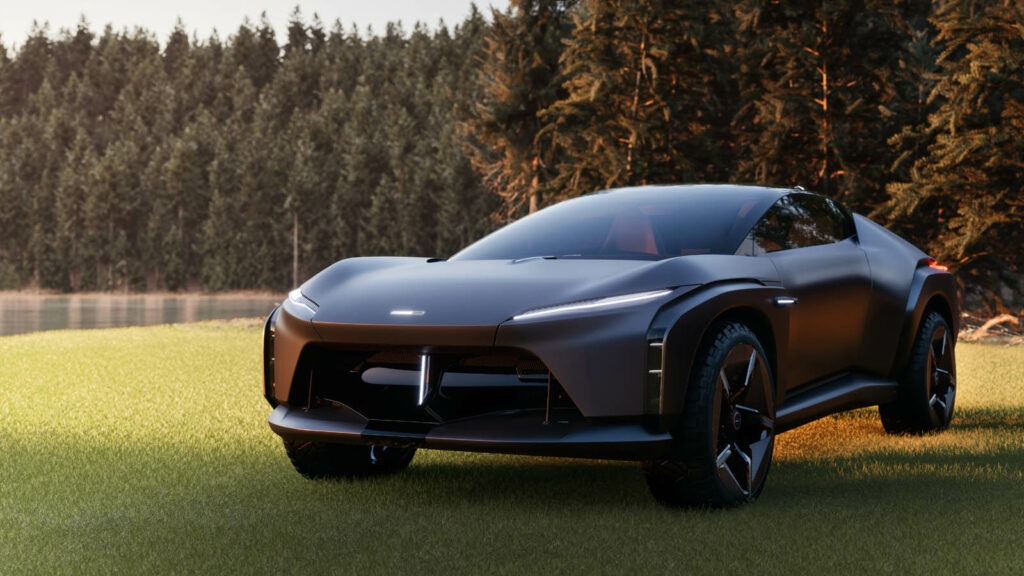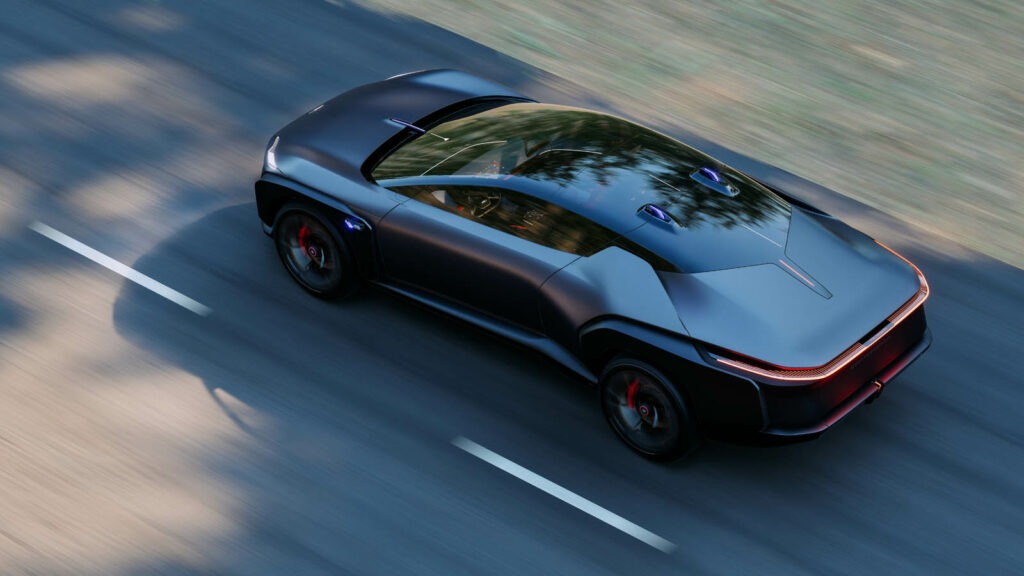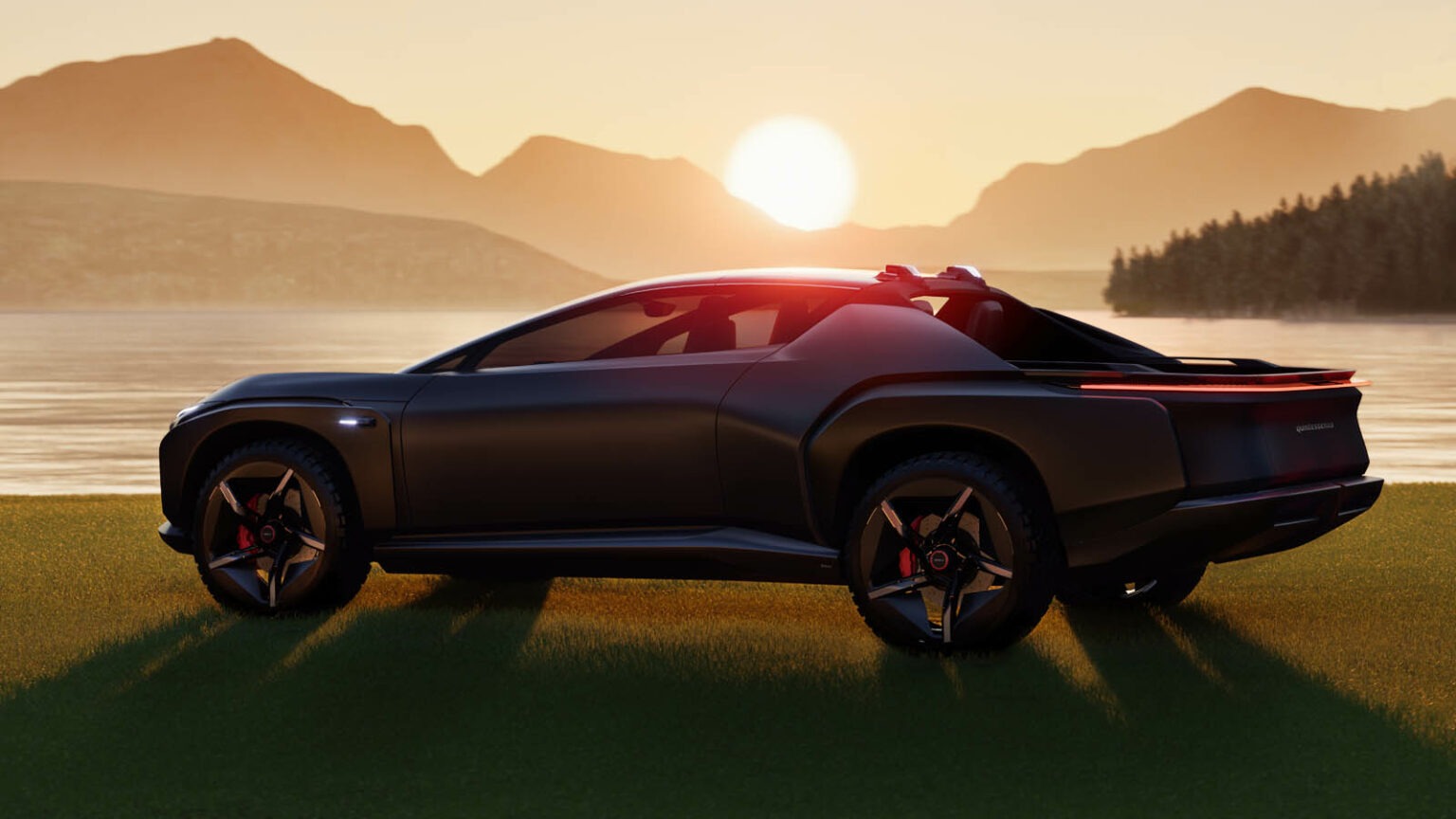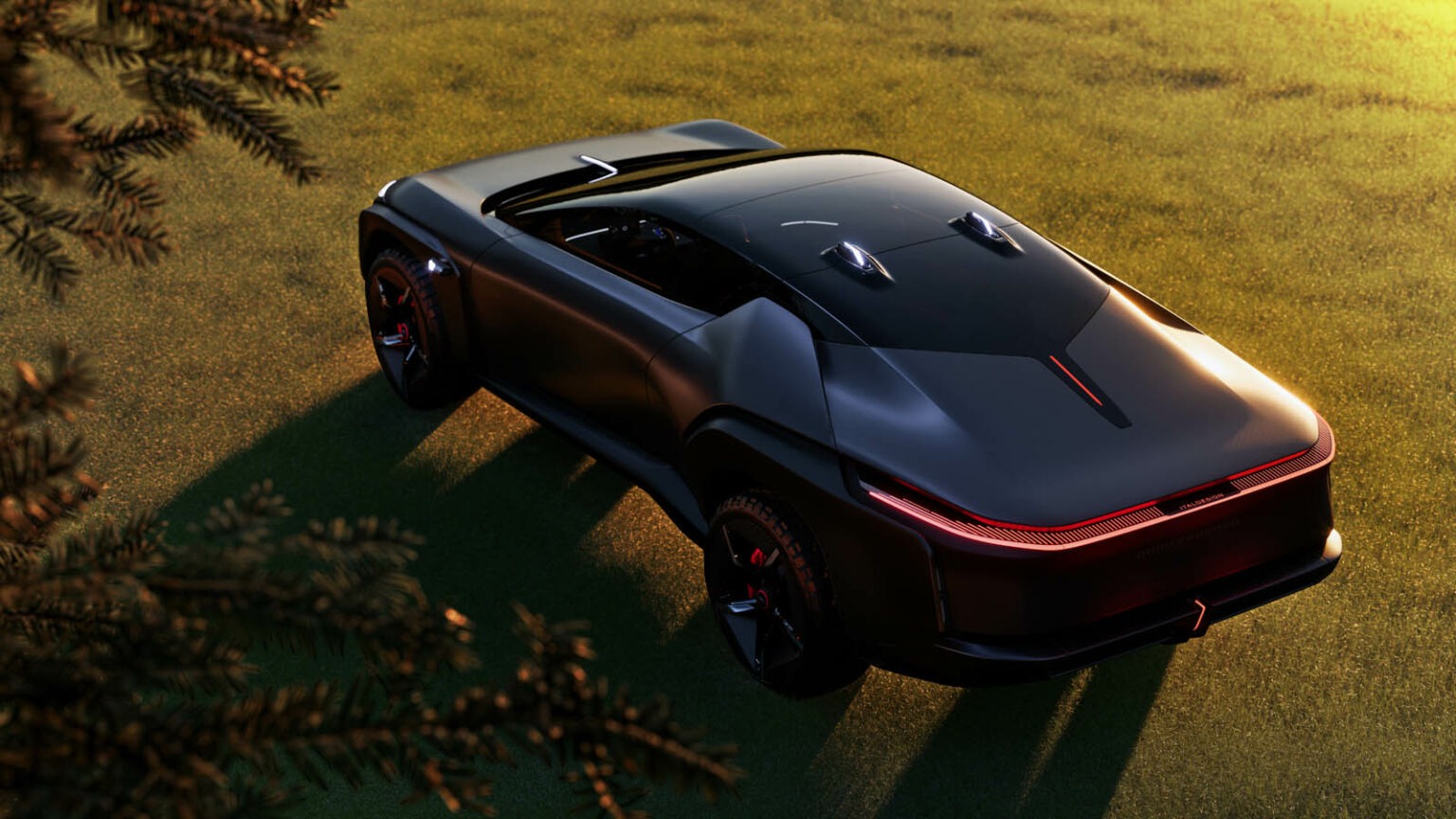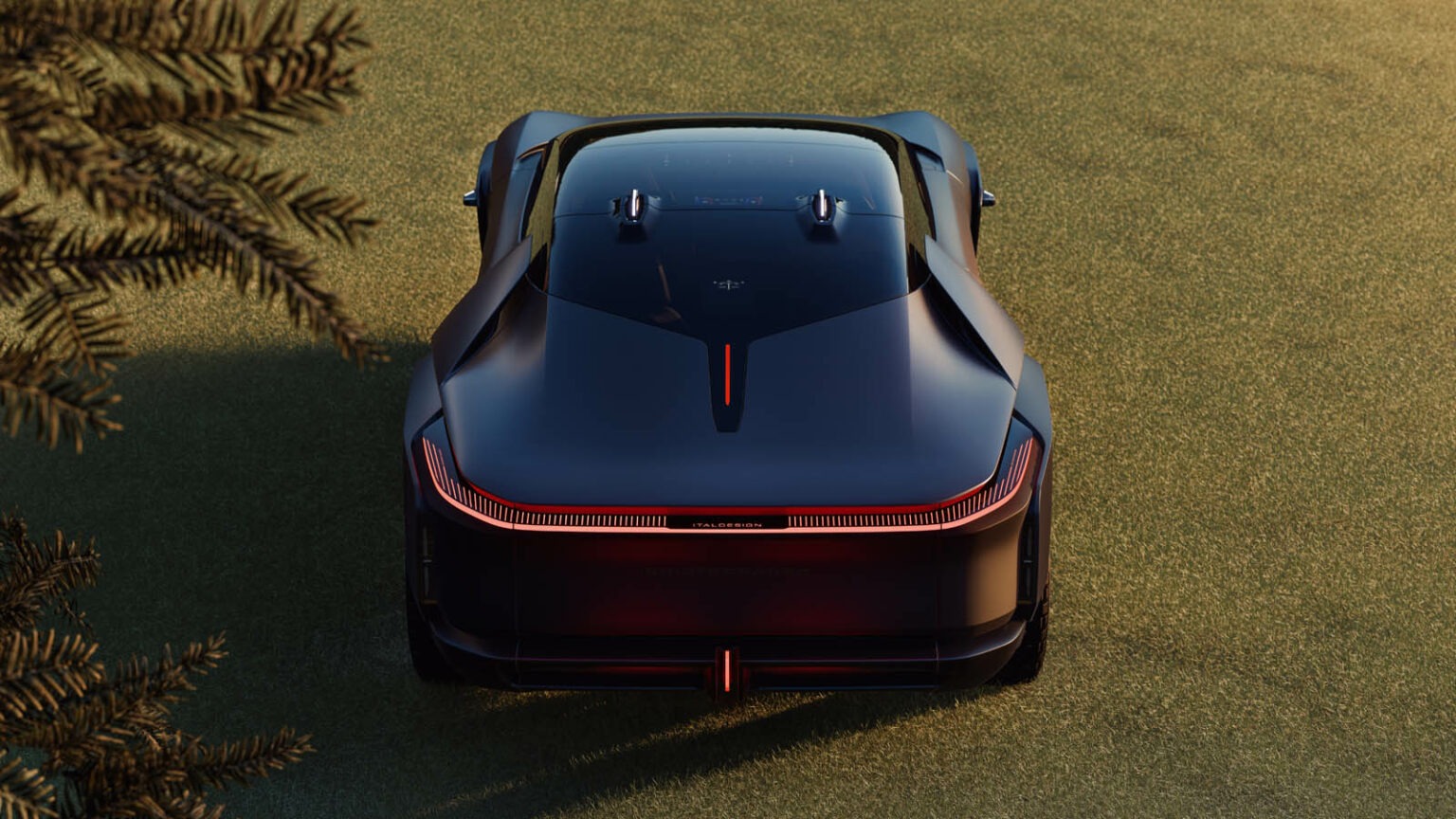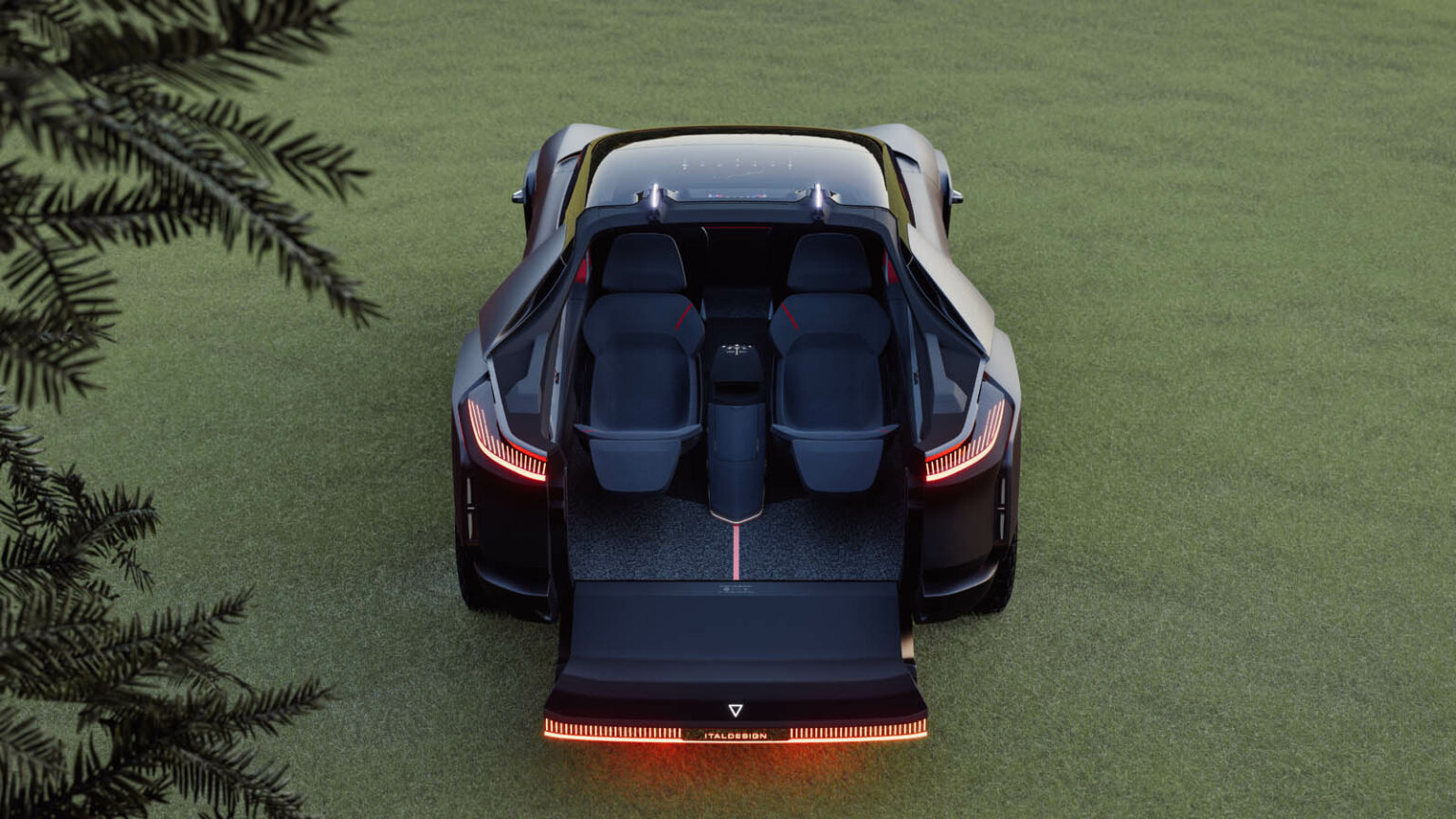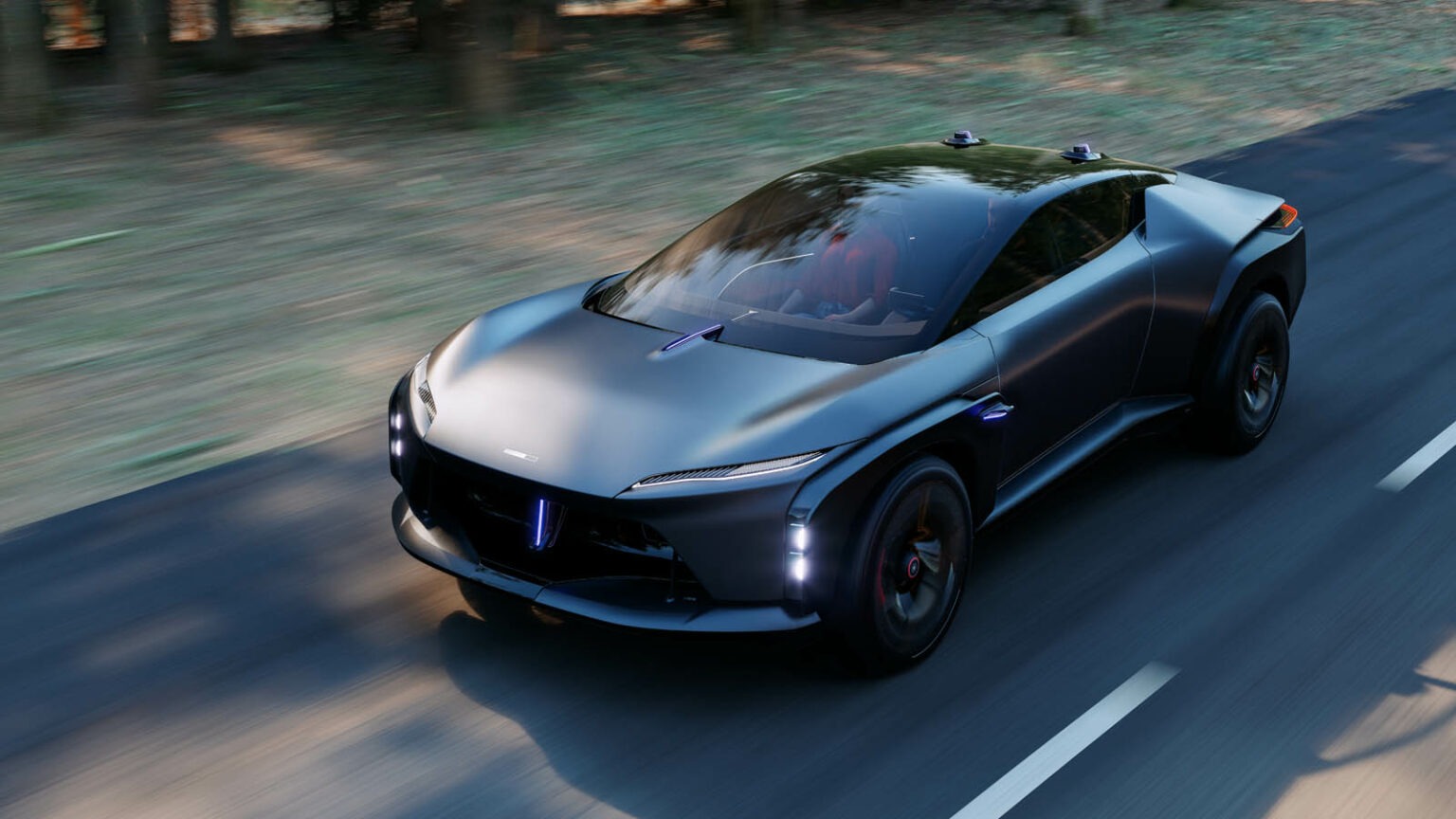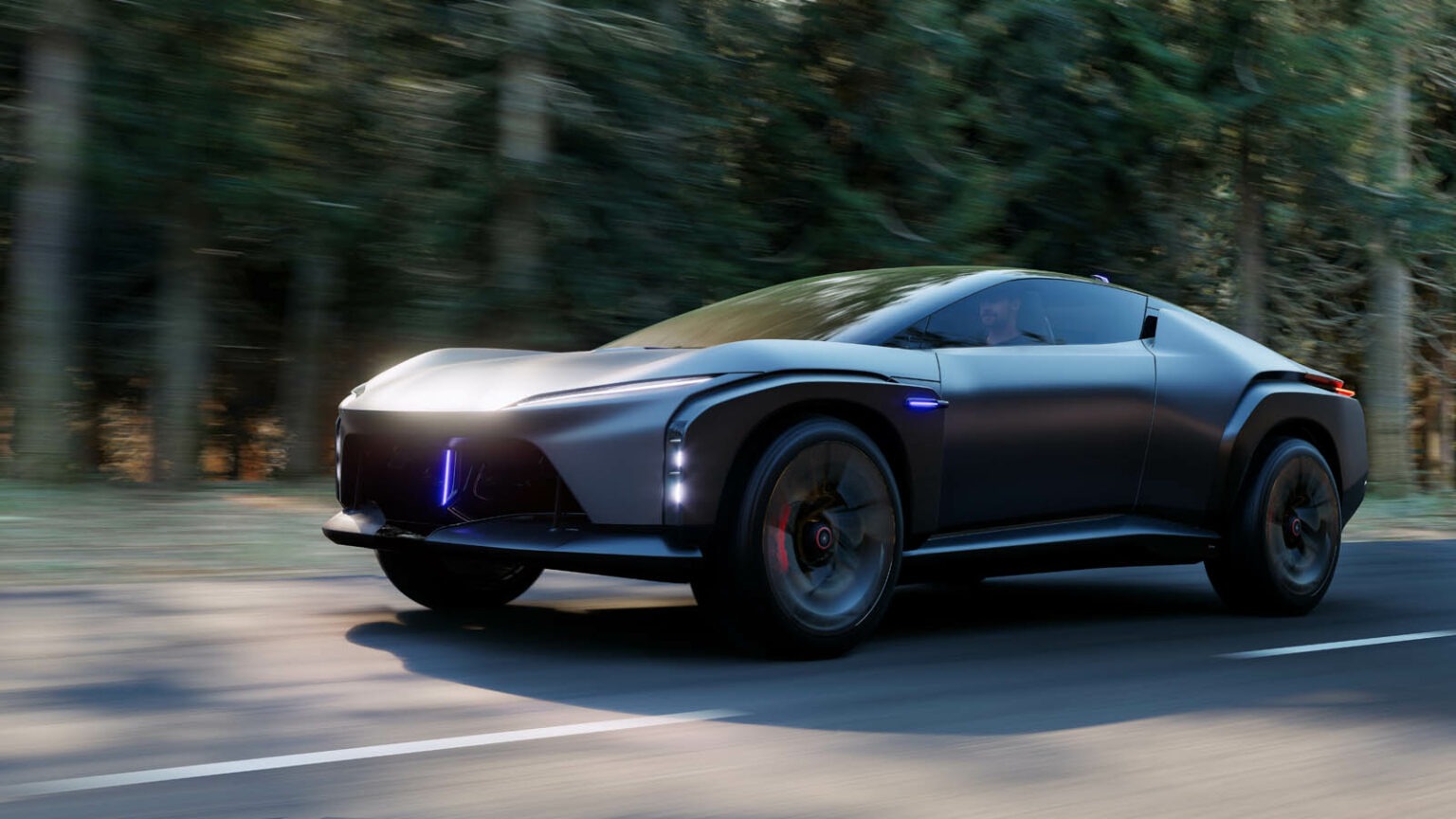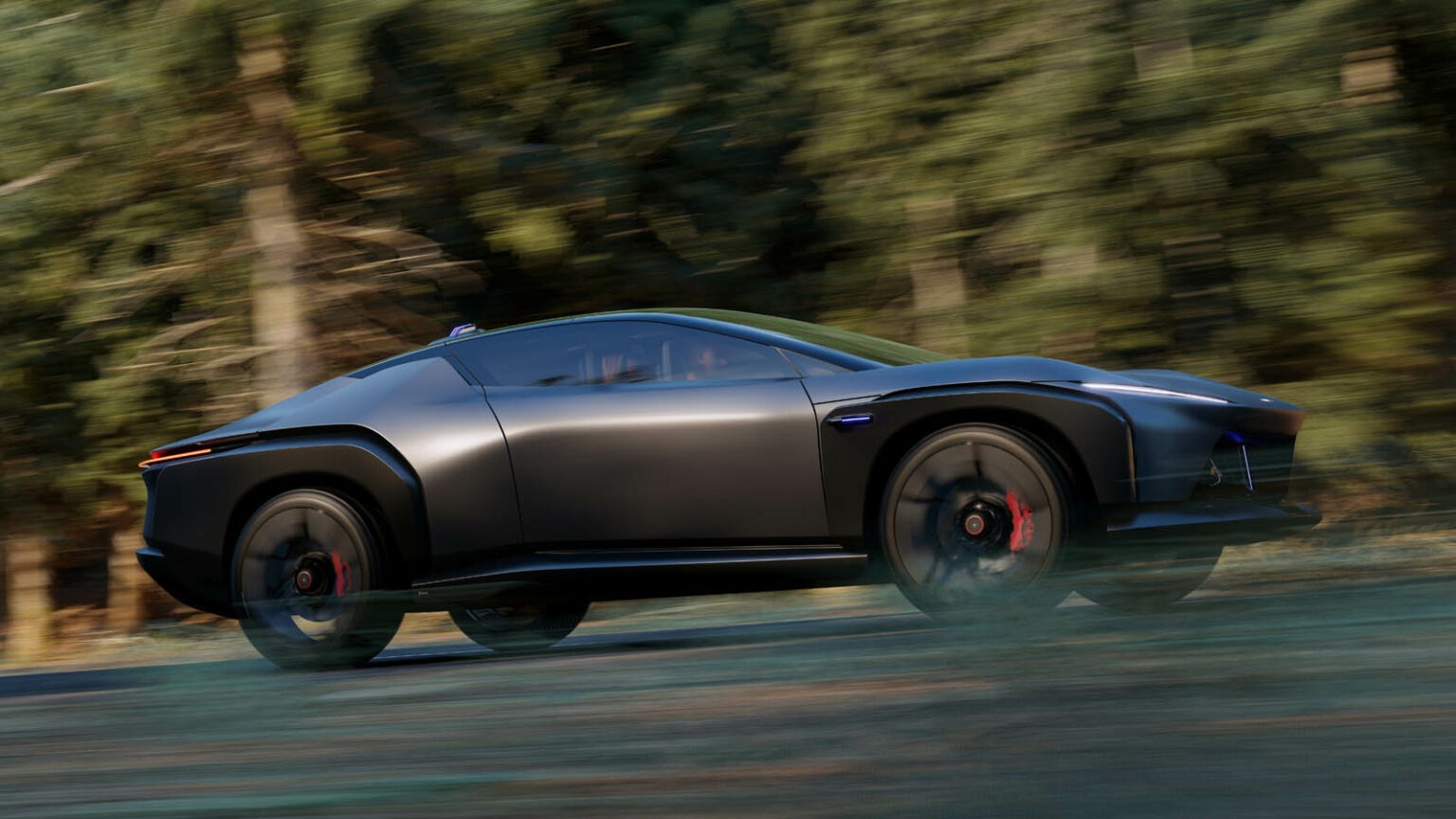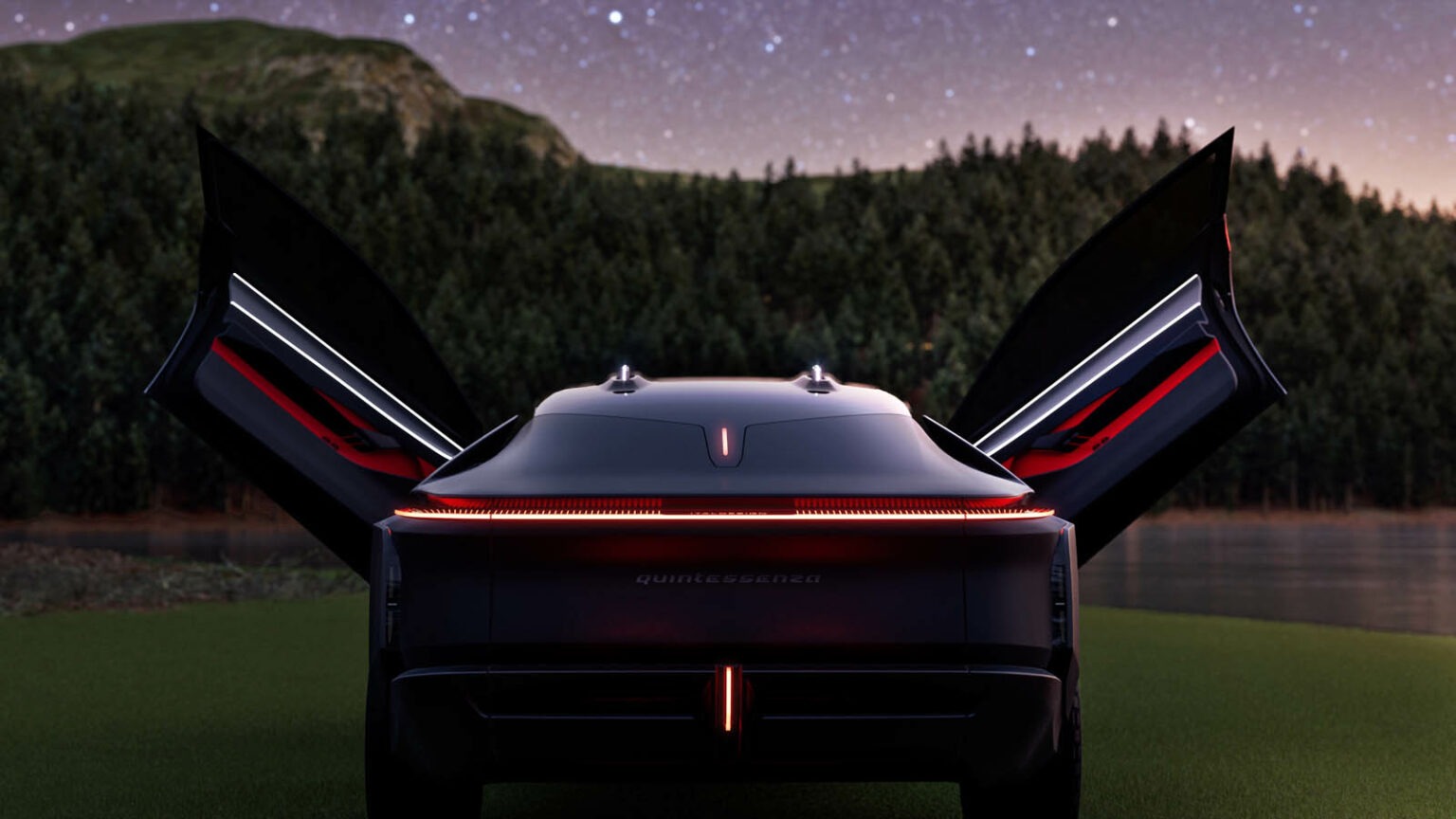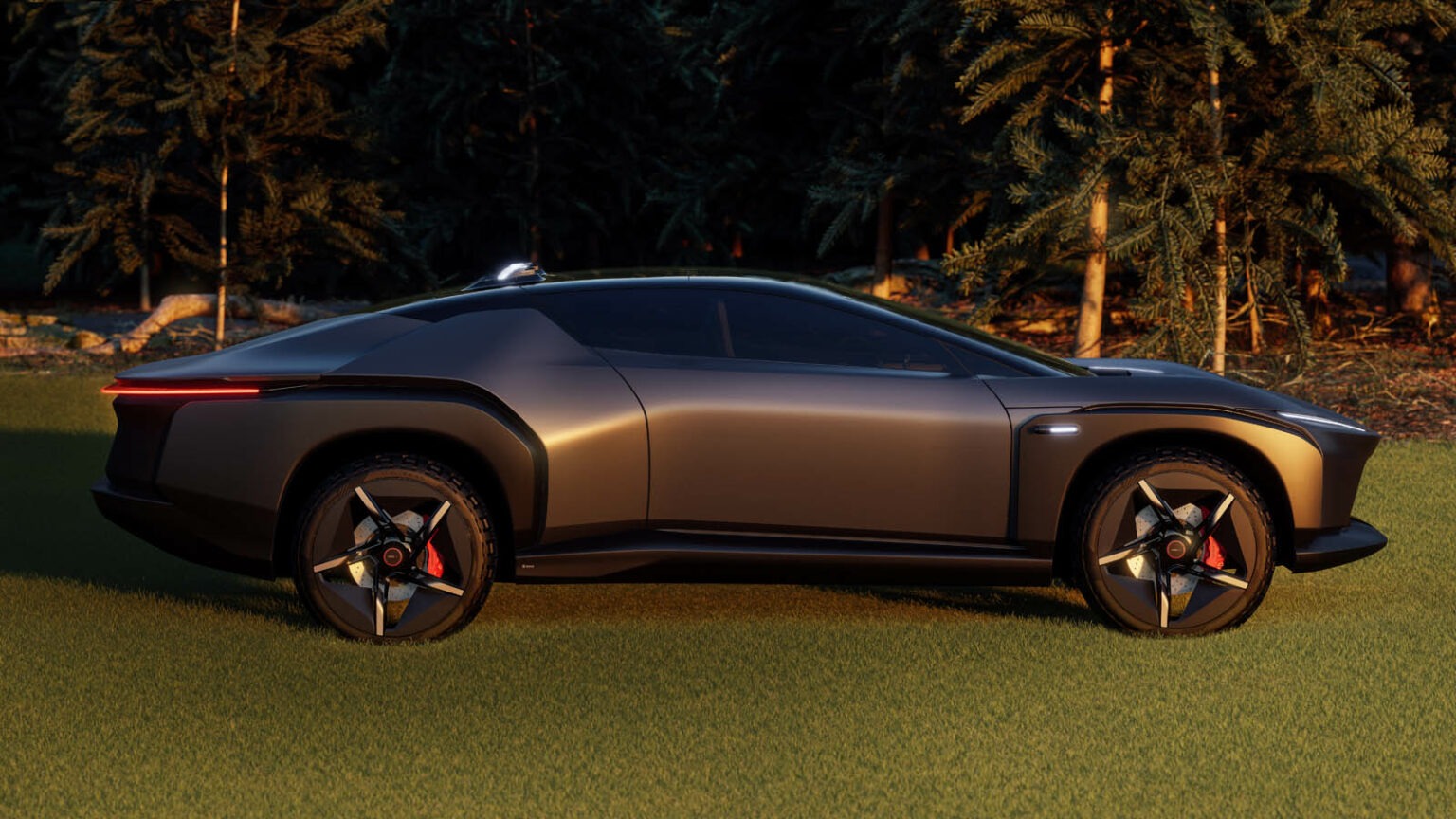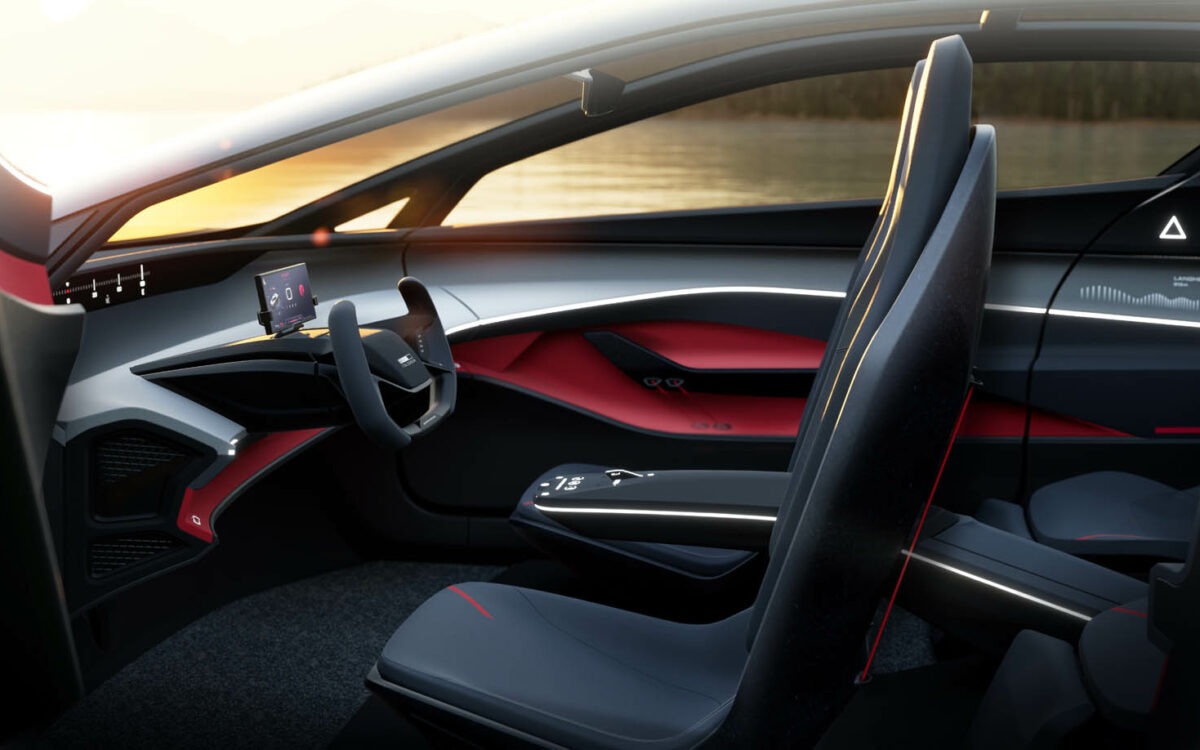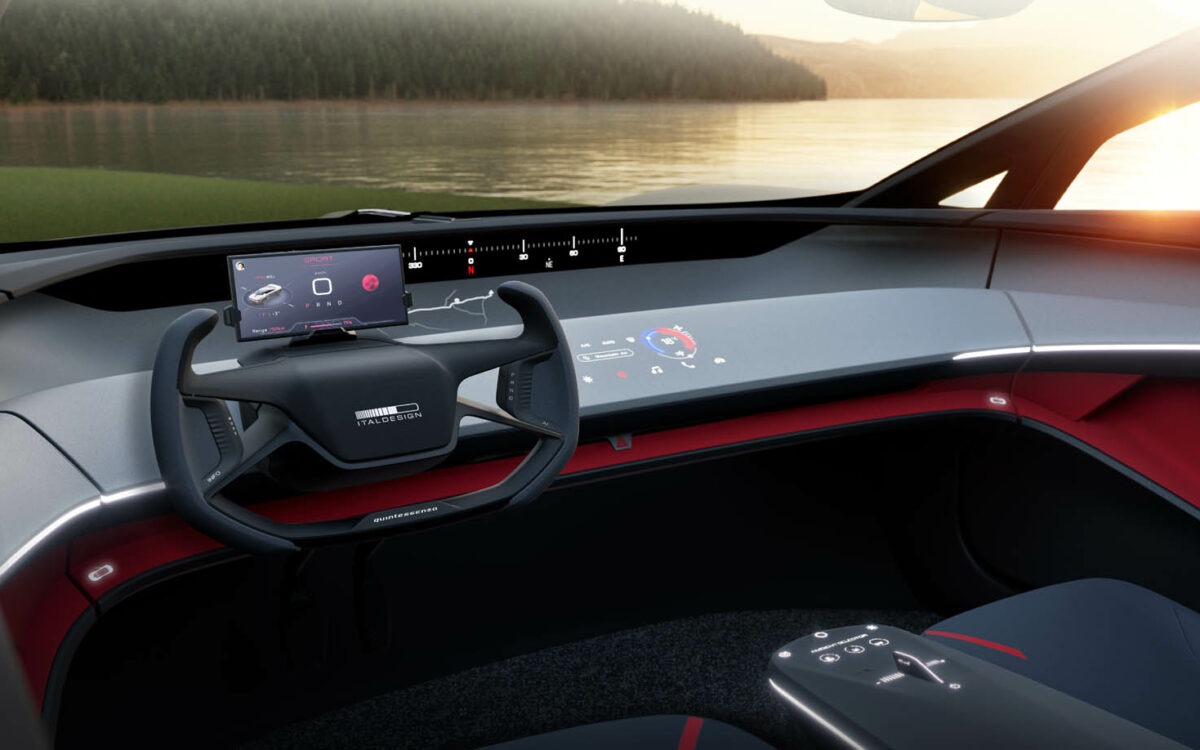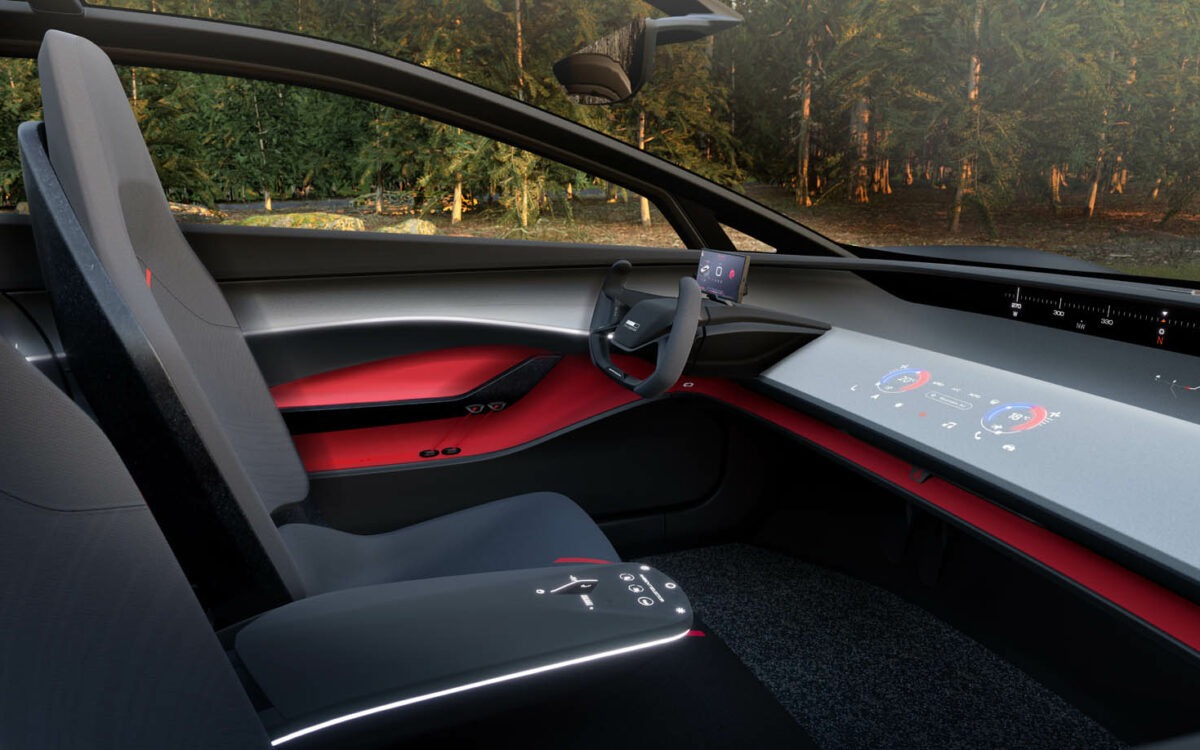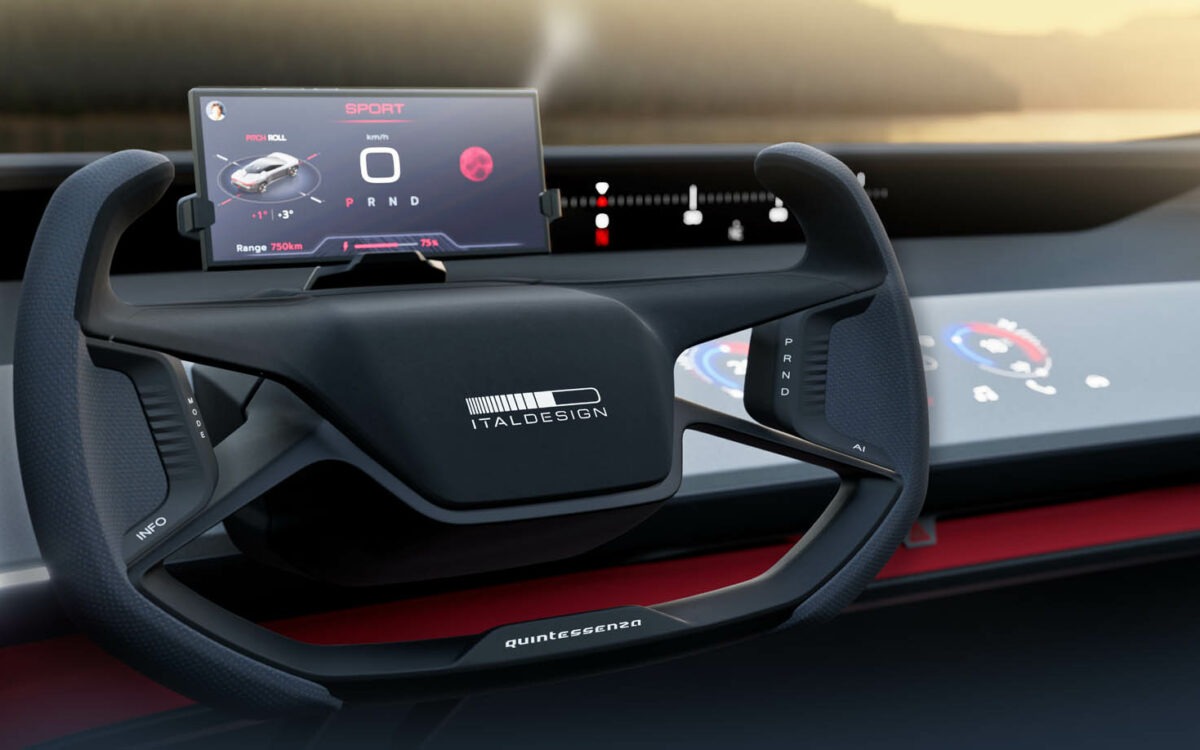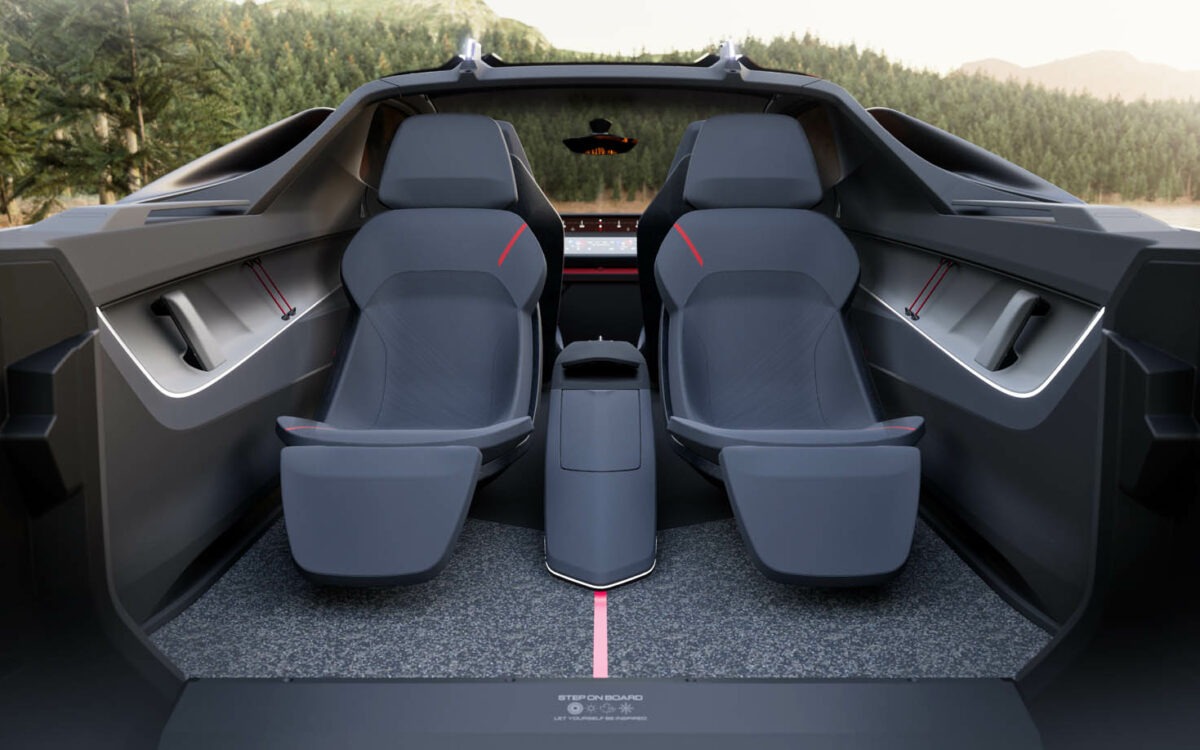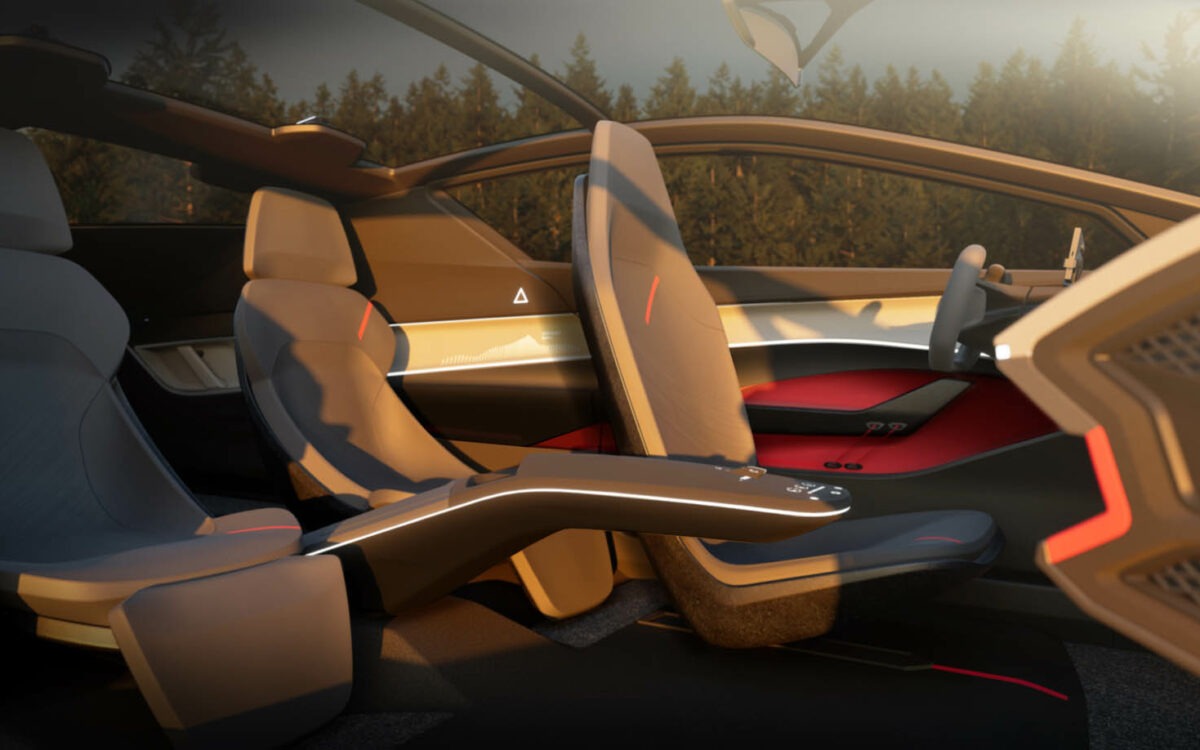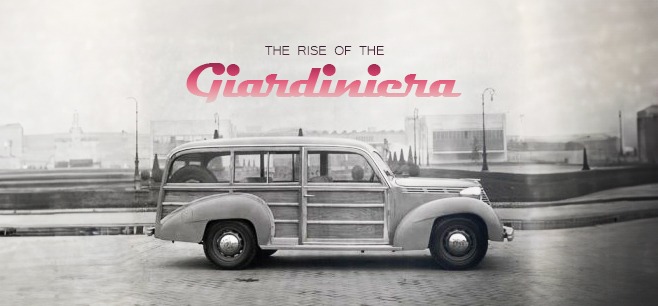
The early 1900s marked the birth of a new automotive concept: the station wagon. Originating in the United States around 1910, independent builders crafted wooden bodies for the chassis of Ford Model T cars. Initially conceived as commercial versions of sedan cars tailored for the working class, they were often referred to as carryalls, denoting their ability to carry a multitude of goods thanks to their spacious cargo compartments compared to traditional torpedo bodies.
In 1923, American manufacturer Star (a division of Durant Motors) made history by being the first to offer a station wagon assembled on its production line, utilizing a wooden frame bolted to the car’s body. However, these wooden structures demanded constant maintenance due to the natural expansion and contraction of wood, necessitating regular tightening of bolts and screws.
The tide turned when the Essex Closed Coach introduced the first mass-produced car with a fully enclosed steel body in 1929. Ford followed suit by officially producing Model T cars destined for wagon conversion in 1935, while General Motors unveiled its inaugural passenger transport station wagon, the Chevrolet Suburban, in 1935. This marked the onset of a wagon boom, as they were increasingly seen not only as spacious cargo haulers but also as versatile family vehicles.
One exemplary model was the 1941 Chrysler Town & Country, a luxurious wagon that positioned itself at the zenith of Chrysler’s lineup. In Europe, the first family-oriented cars emerged in the 1930s. Citroën introduced the Traction Avant Familiale in 1935, an elongated version of its Traction Avant model with three windows and a third row of seats, offering seating for nine passengers. In England, the Commer, based on the Hillman Minx Magnificent, debuted two years later.
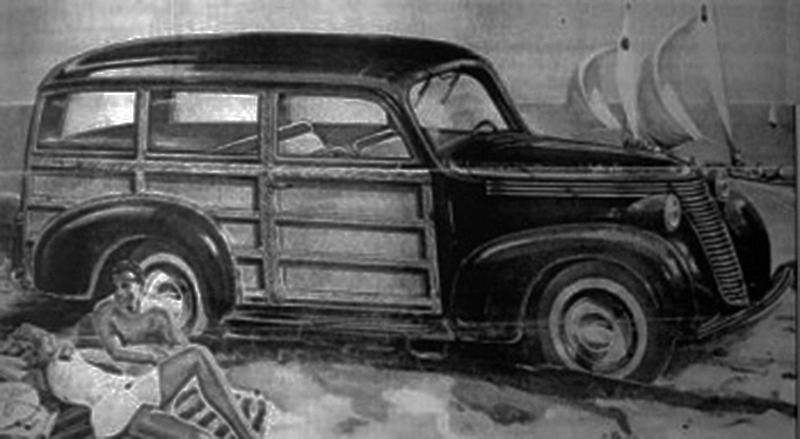
Italy’s entry into the station wagon market came in the post-war years, courtesy of Carrozzeria Viotti‘s “functional body” design by Mario Revelli, built on the Fiat 1100 chassis. Revelli, who had previously worked on converting civilian cars into military vehicles during the war, envisioned applying similar solutions to civilian automobiles, facilitating versatile usage.
Despite its practicality, this new vehicle type faced lukewarm reception in Italy initially, perhaps due to its aesthetic resemblance to ambulances and hearses, from which it derived. Consequently, only compact family cars gained traction, as their diminutive size didn’t evoke associations with emergency or funeral vehicles.
Giardinetta or Giardiniera? Let's Clarify
Let’s clarify the distinction between the terms “Giardiniera” and “Giardinetta.” Is it accurate to label all station wagons from this era as “Giardinetta”? No, and here’s why: The debut of the first Italian family car, the Fiat 1100 Viotti Giardinetta, in 1946 marked a significant milestone. Vittorio Viotti, proud of his pioneering courage in bringing such a model to the market, had trademarked the term “Giardinetta.” Following this, other carrozzerie, such as Fissore, quickly presented their proposals. Even Fiat itself joined the competition two years later with the Fiat “Topolino” Giardiniera.
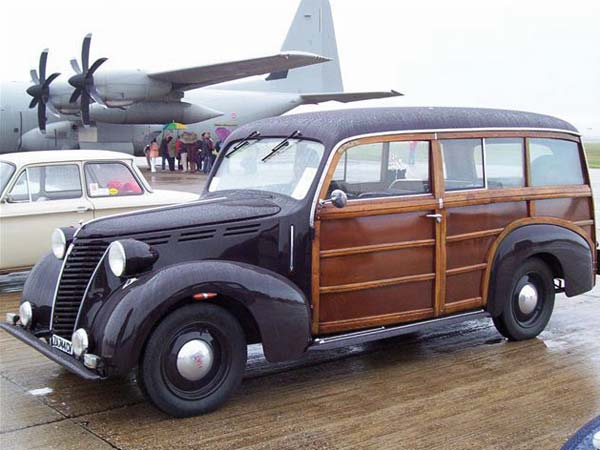
The term “Giardiniera” was chosen to align with Viotti’s trademarked “Giardinetta,” which couldn’t be used by others. Consequently, other manufacturers adopted the term “Giardiniera,” although the public was accustomed to using “Giardinetta” due to Viotti’s early introduction of station wagons in Italy post-war. Eventually, the moniker “Metallica” was appended to these models to emphasize their metal construction rather than wood. This designation, “Giardiniera Metallica,” was primarily adopted by Francis Lombardi, Fissore, and Coriasco, distinguishing their models as contemporary interpretations of the classic station wagon, merging practicality with elegance.
Viotti: Pioneering the Giardinetta
In the aftermath of World War II, Viotti spearheaded efforts to revitalize the Italian coachbuilding industry, both within his own company and among his competitors. As a leader within the Carriage Builders Group of ANFIA (the National Fascist Association of Automobile Manufacturers, renamed the National Association of Automobile Industries), Viotti proposed the creation of a consortium to produce a new type of vehicle. This concept, developed in collaboration with stylist Mario Revelli di Beaumont, was named the Giardinetta.
The Giardinetta was a versatile vehicle designed for both passenger and cargo transport, constructed partially from wood to address the scarcity of steel immediately after the war. Its wooden body proved economical and adaptable, capable of being mounted on old Fiat 1100s and Lancia Aprilias still in use. The Giardinetta quickly gained popularity, with its formula being emulated by competitors, sparking a trend in the automotive industry within a few short years.
Despite skepticism from his colleagues, who viewed the concept as too American, Viotti forged ahead with production independently. By the late 1940s, he also resumed the production of custom-built luxury cars, particularly based on the Fiat 1100 and 1500 platforms. However, it was the Giardinetta that primarily occupied Viotti’s attention, leading to its development on various bases, including luxurious offerings such as those based on the Fiat 1900, Lancia Aurelia, and Alfa Romeo 6C 2500.
Designed mainly by Michelotti, these later iterations of the Giardinetta prioritized aesthetic appeal over functionality, transforming the utilitarian vehicle into a fashion phenomenon. Initially, other coachbuilders declined Viotti’s offer to collaborate, except for Carrozzeria Fissore of Savigliano, in the province of Cuneo. However, they later reconsidered as the Giardinetta gained immense popularity and was subsequently imitated by competitors, including Frua, Savio, Riva, and renowned Milanese firms such as Castagna, Boneschi, and Zagato with some speciments built with the Panoramica body.
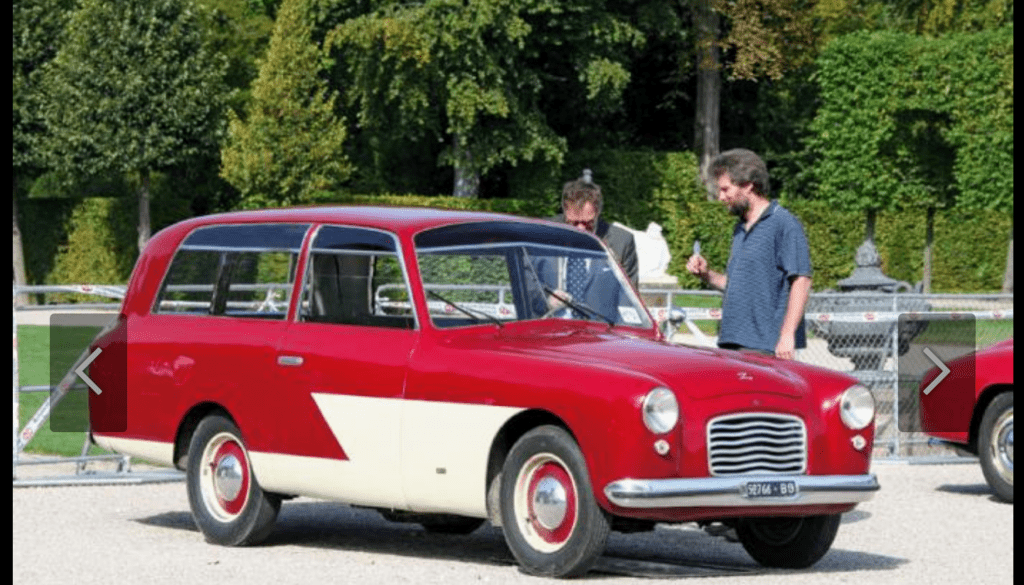
It’s worth mentioning the station wagon based on the Fiat 1100/1200, dubbed the “Sleeping” for its ability to fold down the seats to create a space for sleeping. The last original small-series creations were the Fiat 1300/1500 Giardinetta, which didn’t achieve the anticipated success. This was partly due to Fiat’s decision to introduce its own family version of the model a few months after the sedan’s launch, offering it at lower costs and thus limiting the production of Viotti station wagons to just 50 units between the 1300 and 1500 models.
At that point, production was divided between “giardinetta” and “giardinetta metallica” convertibles, and customizations of standard vehicles. Indeed, Viotti was gradually moving away from building unique cars to focus, like other carrozzerie without their own chassis, on “American styling” standard vehicles such as the Fiat 600 and Lancia Appia, equipping them with chrome fittings and other accessories in vogue at that time across the Atlantic.
Following Vittorio Viotti’s death in 1956, the carrozzeria was engulfed in the crisis that affected manufacturers of derived cars and ultimately closed its doors for good in 1964.
The Fiat Topolino: Revolutionizing Mobility
In the aftermath of World War II, the Fiat Topolino became a symbol of resilience and adaptability in Italy. Used Topolinos were plentiful, sourced from the fields of ARAR (the Agency for Recovery and Disposal of War Surplus), with even damaged ones salvaged from bomb sites. If the bodywork was salvageable, repairs were made; if irreparable, they were transformed into racing barchettas. Topolino vans were converted into Giardinettas by adding two windows and a rear bench, offering a convenient solution to the nation’s pressing mobility needs in the post-war reconstruction era.
Once again, the visionary behind this transformation was Revelli, who, undoubtedly familiar with pre-war American woody wagons, found in Viotti the ideal collaborator to bring his ideas to fruition. The “wooden Giardinetta” phenomenon was revolutionary, addressing the chronic shortage of steel even after the war’s end. It could be constructed relatively easily and was incredibly practical, serving artisans and small traders alike for both work and family needs. Moreover, it could be fashioned from heavily damaged used cars, offering a cost-effective solution for many.
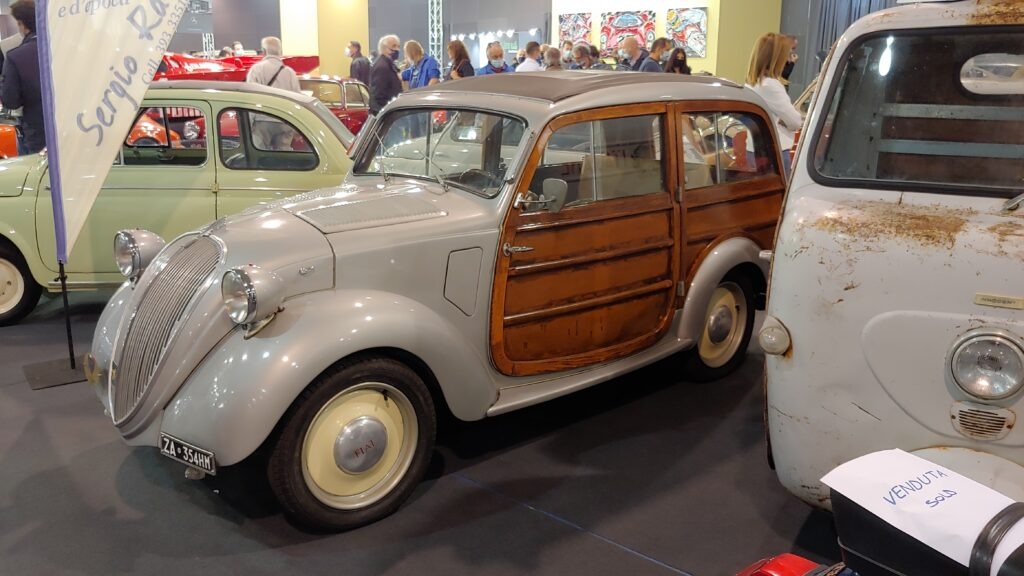
Practically every professional in the automotive sector, from large firms to small workshops, seized upon this opportunity. In 1948, even Fiat joined the fray, producing the elegant 500B Giardiniera Belvedere at the Lingotto Special Bodywork Department. However, as conditions normalized, the market gradually shifted back to traditional custom-built vehicles, although the legacy of the Topolino Giardinetta continued to resonate as a testament to ingenuity and resourcefulness during a challenging period in Italian history.
The Success of the Giardinetta
Following their initial introduction, Giardinetta vehicles experienced remarkable success, becoming sought-after commodities in various automotive circles.
Carrozzeria Monterosa emerged as a key player in the station wagon construction niche, capitalizing on the strong demand for utility vehicles during the reconstruction period. Monterosa’s station wagons, primarily constructed on Fiat 1100 and Lancia Aprilia platforms, were renowned for their quality and versatility, seamlessly transitioning from commercial to leisure use. Initially focused on Giardiniera production, Monterosa occasionally ventured into crafting ambulances, hearses, and advertising vehicles, later extending their repertoire to include models based on the new Fiat 1400 and Lancia Aurelia.
Unlike Viotti’s wooden Giardinette construction, Monterosa employed initially metal, reaping the benefits of durability and ease of maintenance. The Giardiniera’s popularity soared to such heights that it even warranted dedicated categories in prestigious concours d’elegance events, such as the “Promiscua” category.
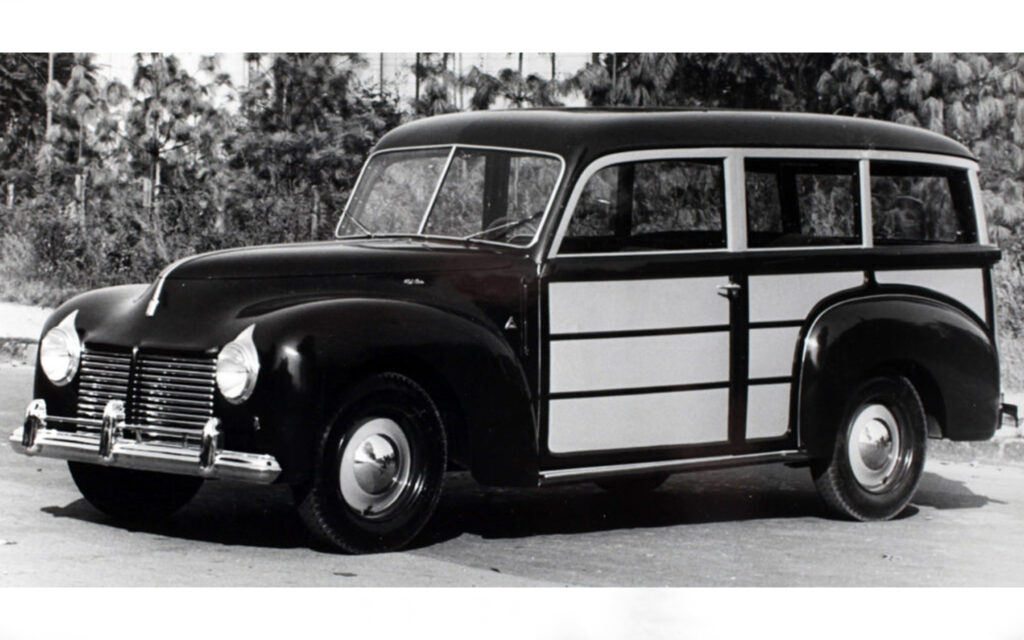
Noteworthy examples of Giardinette success include the Fiat 1100 C Saloncino, which won an award at the 1949 Pincio Elegance Concours in Rome, the Fiat 1400 Giardinetta Viotti at the Pincio in 1950, and the already mentioned Fiat 1400 Giardinetta Monterosa at the Venice Concours d’Elegance in 1950.
Another triumph was the Moretti 600 Giardinetta, which participated in the World Raid of 120,000 kilometers across Europe, Africa, Asia, and America. Piloted by Luciano Albiero and Giulio Piccoli from June 14, 1952, to June 12, 1955, the Moretti 600 Giardinetta’s robustness was attested by having its engine sealed by a notary.
The evolution of Giardinetta variants also witnessed creative innovations, exemplified by Carrozzeria Savio’s Venilia, a convertible Giardiniera. Such adaptations underscored the Giardiniera’s evolution from utilitarian work vehicles to leisure and family-oriented automobiles, reflecting the dynamic nature of automotive design and consumer preferences during the post-war era.
Conclusion
As we conclude our exploration of the remarkable journey of the Giardinette, it’s evident that these versatile vehicles left an indelible mark on automotive history. From their humble beginnings as utilitarian workhorses to their transformation into symbols of elegance and leisure, Giardinettes embodied the resilience, creativity, and adaptability of post-war Italy.
Driven by necessity yet guided by ingenuity, craftsmen and manufacturers alike found inspiration in the Giardinette’s blend of practicality and style. From Monterosa’s sturdy metal constructions to Viotti’s iconic wooden bodies, each iteration showcased the evolving aspirations and aspirations of a nation rebuilding itself.
Whether gracing the podiums of prestigious concours d’elegance or embarking on epic transcontinental journeys, Giardinettes captivated hearts and minds, symbolizing the spirit of a generation determined to forge a brighter future.
As we bid farewell to these timeless icons, let us remember the legacy they leave behind: a testament to the power of innovation, the pursuit of excellence, and the enduring allure of Italian craftsmanship.

